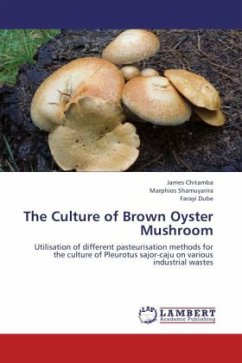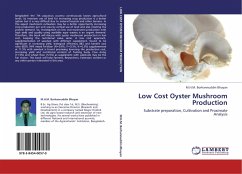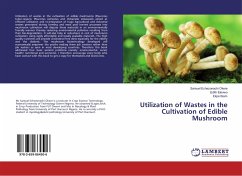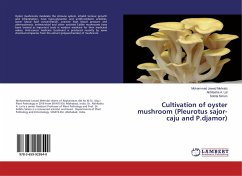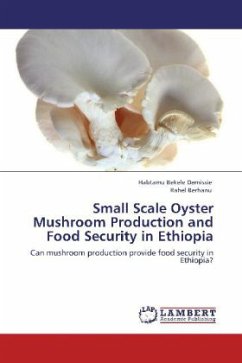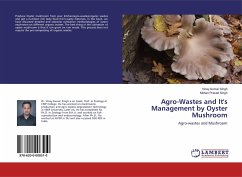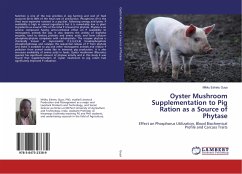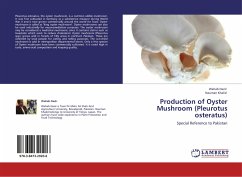Identification of suitable substrate material and correct substrate pasteurisation method is critical for successful oyster mushroom culture. A 2×3 factorial laid out in a completely randomized design was used in the study to evaluate the effect of two pasteurisation methods (boiling and use of Na hypochlorite) for P. sajor-caju culture on jatropha cake, waste paper and cotton waste. Mean number of basidiocarps (MNB), mean basidiocarp weight (MBW), biological efficiency (BE) and number of days to primordial fruiting (DPF) were compared. The results showed significant interaction effect (p0.05) of substrate type and pasteurisation method on MBW, BE and DPF. Jatropha cake did not fruit under either pasteurisation technique. Cotton waste pasteurised by boiling method had highest productivity in terms of MNB, MBW and BE while waste paper pasteurised by Na hypochlorite solution had least productivity. However, waste paper pasteurised by boiling method took fewer DPF while cotton wastepasteurised by Na hypochlorite took the longest DPF hence delayed fruiting. Oyster mushroom growers are recommended to opt for boiling pasteurisation method and cotton lint waste as a superb substrate.
Bitte wählen Sie Ihr Anliegen aus.
Rechnungen
Retourenschein anfordern
Bestellstatus
Storno

